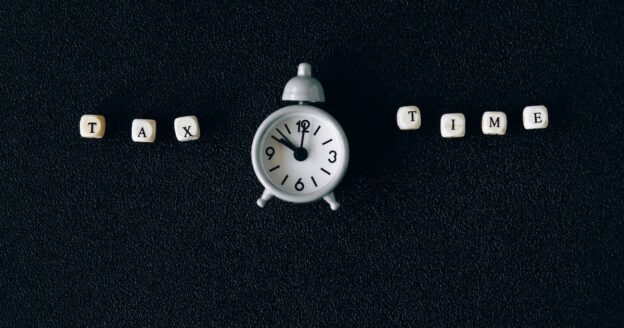If you’re in the market for a used car, you might have considered buying a repo car. Repo, short for repossessed, refers to vehicles that lenders have taken back from their owners due to non-payment. While the idea of buying a repo car may seem like a money-saving opportunity, it’s essential to know how to spot high-quality repo cars among the sea of options.
To ensure you make a smart and informed decision, here are the steps to follow when looking for a quality repo car.
Research and Identify Reputable Sellers
Before diving into the world of repo cars, research reputable sellers in your area. Make sure the seller is selling actual repo vehicles. True repos are purchased directly from banks and lenders and there are no fees or commissions. Some sellers claim to sell repos, but it’s not a real repo sale if you don’t buy from a bank.
Establish a Budget
Determine how much you are willing to spend on a repo car, including any potential repair costs. Keep in mind that repo cars are sold as-is, so you should have some financial cushion for unexpected repairs or maintenance.
Understand the Auction Process
Repo cars are typically sold at auctions, either online or in-person. Familiarize yourself with the auction process, including registration requirements, fees and bidding rules. Keep in mind that each auction may run differently. Auctions may also feature open or closed bidding.
Examine the Vehicle History
Obtain a vehicle history report using the VIN (Vehicle Identification Number) to learn about the car’s past. Look for information about accidents, title issues and maintenance records. A clean history report is a positive sign.
Inspect the Vehicle
Before bidding on a repo car, inspect it thoroughly. If you’re not confident in your mechanical skills, consider bringing a trusted mechanic with you. Pay attention to the following:
- Exterior: Look for signs of damage, rust or poor paint quality.
- Interior: Check for wear and tear, odors and the functionality of the controls.
- Under the Hood: Inspect the engine for oil leaks, worn belts and any unusual noises.
- Tires: Verify the tire condition and tread depth.
- Frame and Chassis: Ensure the vehicle’s frame and chassis are not bent or damaged.
Start the Engine
If possible, start the engine and listen for unusual noises, smoke or warning lights on the dashboard. A well-maintained repo car should start smoothly and run without major issues.
Test Drive
If allowed, take the repo car for a test drive. Pay attention to how it handles, brakes, accelerates and any unusual vibrations or sounds. A test drive can reveal hidden problems that may not be apparent during a visual inspection. Unfortunately, not all sellers allow test drives for liability reasons.
Consider the Repossession Circumstances
Try to find out why the car was repossessed. If it was due to financial hardship or neglect, it might indicate poor maintenance. If the repo resulted from a lease return or other non-financial reasons, the vehicle may be in better condition.
Be Prepared for Extra Costs
Remember that the final sale price isn’t the only cost involved in buying a repo car. You may need to pay auction fees, taxes and transfer fees. Budget accordingly to cover these expenses.
Find a Great Deal on a Repo Car
Buying a repo car can be a cost-effective way to get a quality vehicle, but it requires due diligence and careful inspection. Research, preparation and a thorough examination of the vehicle’s history and condition are key to spotting high-quality repo cars. With the right approach, you can drive away with a reliable vehicle that meets your needs and budget.
To browse repo vehicles in your price range, visit RepoFinder.com today.



